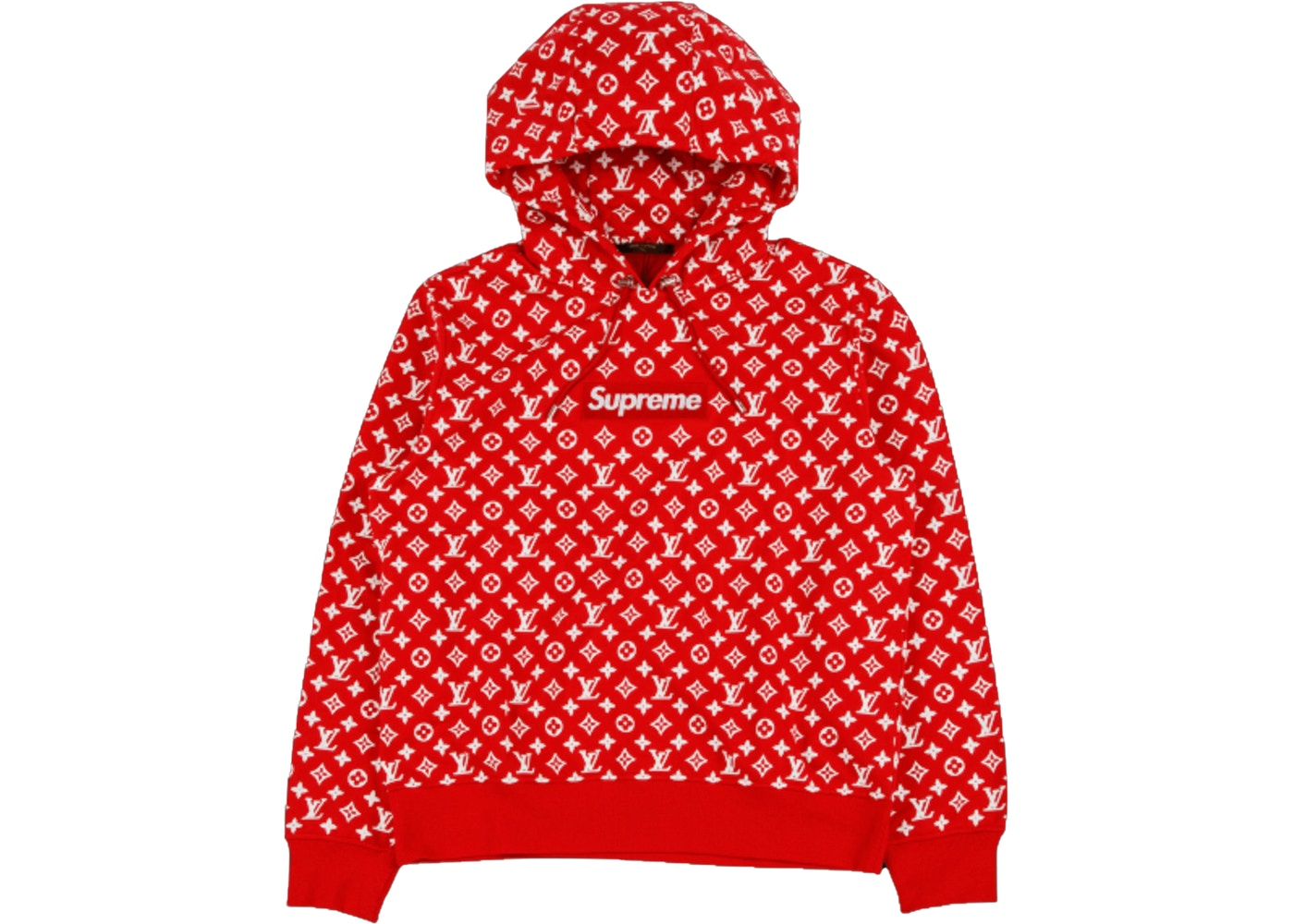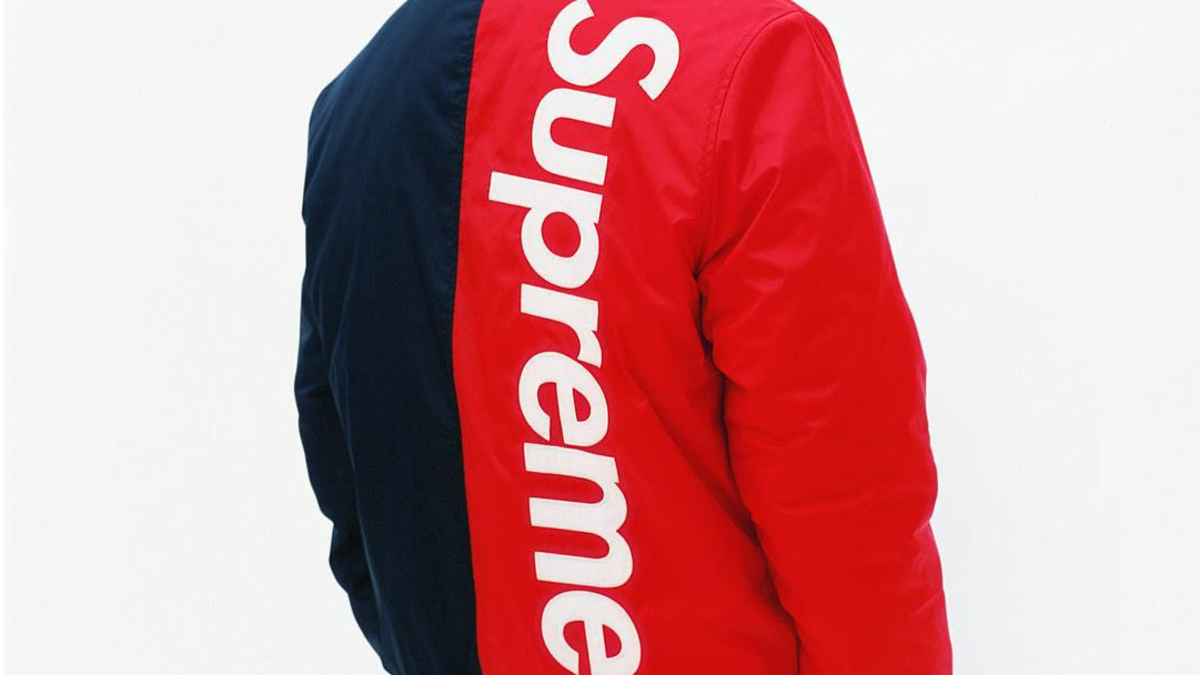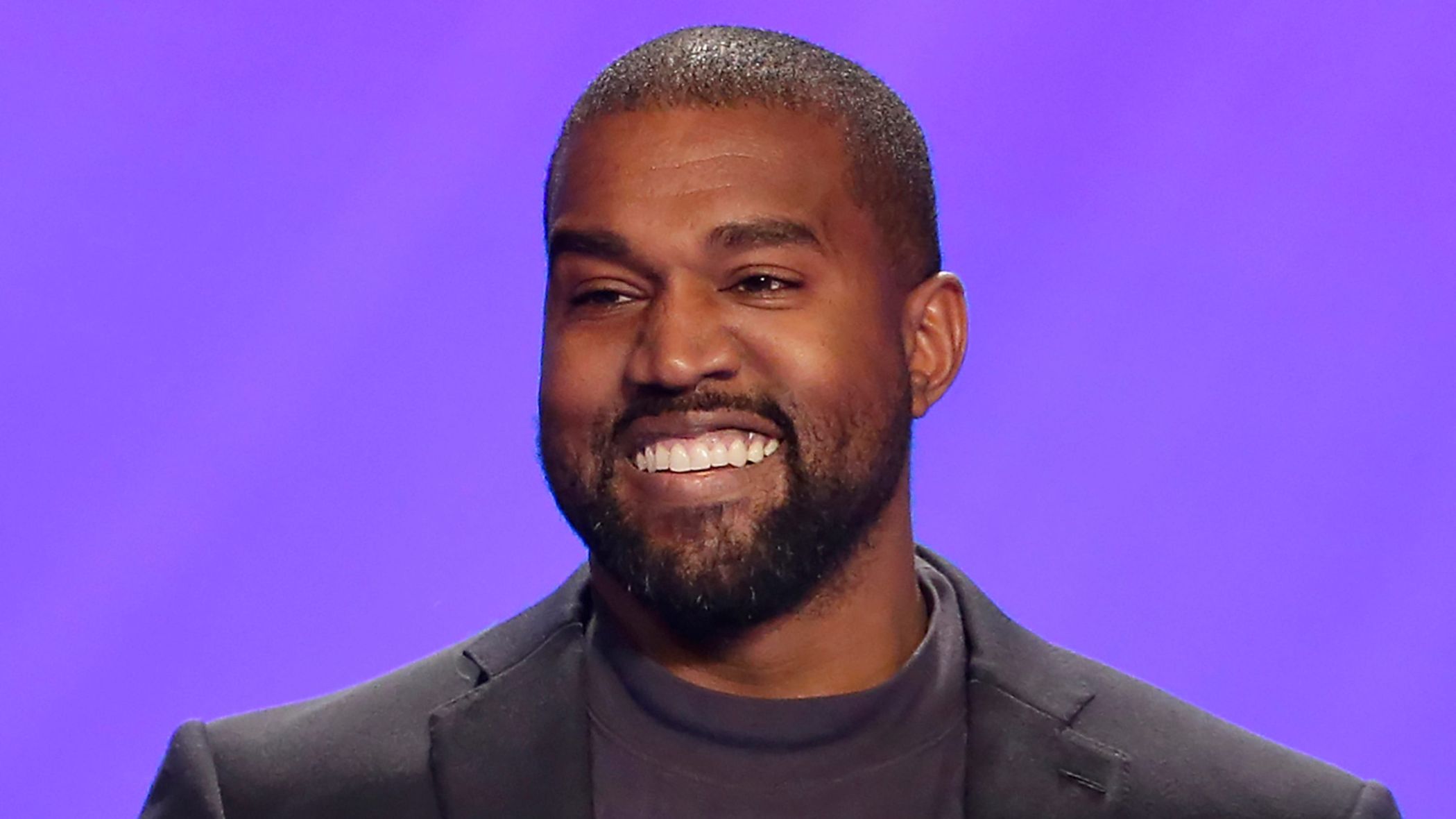Marketing via Social Media for mobile devices



Streetwear is a fashion movement based around surfing, skating, hip hop, and everything that encapsulates cool and happening. Supreme as a clothing brand has always formed a huge part of streetwear and has successfully managed to become one of the largest streetwear brands in the world.
However, its beginnings were much more modest. James Jebbia founded the brand and opened a small store in downtown New York in 1944. At the time, it cost Jebbia twelve thousand dollars to start his product line and store; today, adjusted in inflation, this amount is still a modest 19 grand.
The question is, how did the small skate shop become one of the most influential clothing brands in the world?
The Influence Supreme has on People.

While Supreme started as a skateboarding brand, everything about Supreme boils down to the iconic box logo, which the brand stamps on anything. It has become so iconic that people get it tattooed on themselves!
This aspect is all because of Supreme’s drop culture, which means that Supreme releases a limited amount of products online and in-store, and when it is gone, it is gone forever.
The resellers even call the second-hand Supreme stuff ‘Supremium’ because it is that expensive. StockX is a website that sells Supreme merchandise on a second-hand basis. These resellers have merchandise valuation that resells at about three million dollars every week.
The Story of Supreme
The iconic Supreme logo was not very unique. Barbara Kruger and her art heavily influenced Jebbia. The font style of the future was used intensively by her in her anti-Nazi propaganda art. One can easily spot the similarities.
However, the font ironically came from Germany, designed by Paul Renner. More commonly referred to as the Bogle, Supreme created its box logo with this inspiration in mind. The clothing with the box logo is some of their most sought-after pieces.
The first Supreme store opened on Lafayette Street in downtown Manhattan in 1994. During its design, the skateboarding community was on Supreme’s mind. Since then, it has expanded to 11 locations, six being in Japan and others in London, Paris, and Los Angeles.
Though the brand began by selling most of these clothing and skateboards, Supreme expanded into producing limited pieces of many random things, such as lighters, crowbars, to even bricks! The latter is often a running joke in the market. Supreme gets away with selling bricks for thirty dollars, and they resell for even more.
Famous Names Associated with Supreme

Tala, the curator, was a big reason to gain exposure. He shopped in the store early on before the hype followed. Since then, countless celebrities have worn Supreme, some of the biggest being Drake, Naz, ASAP, Rocky, Travis Scott, Kanye West, and many others. The exposure brought to the brand by these celebrities is another reason for its success.
Supreme built its name around super limited pieces, which, though not expensive in the retail price, skyrocketed in resale value. This approach may have been their best marketing technique. They let their fans, otherwise known as the hypebeasts, do a chunk of the marketing. These strategies included fans lining up in front of stores, merchandise reselling for exorbitant prices, and making good profits, all of which led to news coverage and free press for Supreme.
Jebbia has said he did not limit product launches at first. He did it not to have to sit on inventory stock. However, that is now a significant part of the brand’s influence.
The brand has also collaborated with many other and more prominent brands such as Nike, Louis Vitton, CDG, and celebrities such as Morris C, Lady Gaga, and Gucci Mane. These schemes helped Supreme gain support from fans of other brands and celebrities.
During Supreme’s 23-year-old run, it has only grown in influence and popularity consistently. With its collaboration with the New York city NTA, the crowd met the metro card collab with widespread interest. Their card being sold at regular vendors has brought the Supreme logo into many New Yorkers’ wallets, which they also did with their stickers. The card serves as a reminder of the Supreme brand anytime one uses it.
Supreme as a brand also sponsors a team of skaters who originally played a part in the film called Kids. It was a controversial film about skateboarding culture and fashion at the time, but it moved on to influence both of them later. The film starred big names like Harold Hunter and Justin Pierce, which brought even further fame for Supreme.
Conclusion:
Supreme is a cultural phenomenon built on hype. Even though Supreme only has eleven stores worldwide, it is still worth a billion dollars. The case study of Supreme growing into a streetwear behemoth is not just inspiring but also extremely inspirational.



















